Blue Velvet/1986/MGM/120 min.
In “Blue Velvet,” writer/director David Lynch dazzles and disturbs us as he probes the evil beneath the surface of sunny small-town Americana. Twenty-five years later, its trippy shimmer has not dimmed, reminding us of Lynch’s auteur power. (The film was released last month on Blu-ray.)
Setting the action in Lumberton, N.C., a real-life city with a retro vibe, Lynch introduces us to Jeffrey Beaumont (Kyle MacLachlan), a college student with an Eagle scout vibe. Jeffrey stumbles into a sordid mystery when he discovers a human ear lying in a field.
As he investigates, he’s aided by cute, cheerful Sandy Williams (Laura Dern), who is also the police chief’s daughter, always a plus when you’re short on clues. Jeffrey quickly finds that the bloody trail of badness traces back to Frank Booth (Dennis Hopper), a psychotic abuser you’ll never forget.
Top on Frank’s list of victims is a sad and broken nightclub singer named Dorothy Vallens (Isabella Rossellini), who sees death as her salvation. As Jeffery is pulled into Frank’s world, he finds himself falling for both Dorothy and Sandy, slowly spiraling until he meets the ugliest side of his soul.
The nightmarish world of “Blue Velvet” is a perfect melding of sly, suspenseful tone, subversive storytelling and marvelous, beguiling images that only painter-turned-filmmaker Lynch could concoct. There is baseball, apple pie and Chevrolet. There are also curtains, stages, disguises, halting juxtapositions.
Jeffrey finds the rank, insect-infested ear just seconds after a beautiful shot of brilliant color – red roses, a white fence, pure blue sky. Savage violence co-exists with moments of buoyant charm. (Compare the slow-motion shots of friendly firemen waving at us with Dorothy’s unrelenting degradation.) Lynch ferrets out the good guys’ guilty secrets and furnishes warped humor – such as the camp comic relief from Frank’s bisexual friends, including a twisted impresario played by Dean Stockwell.
The performances are particularly haunting. Fresh out of rehab, Hopper shrewdly saw that the role could launch a comeback for him. In the DVD extras, Rossellini recalls being moved by Hopper’s talent as he let tears fall down his face.
Rossellini brings uncommon depth and richness to her breakthrough American role. (Lynch originally wanted Helen Mirren). Ideally cast, MacLachlan and Dern nail their parts as well – soft-spoken and gentle straight-shooters who spend much energy suppressing their turbulent, darker desires.
Now 25 years old, “Blue Velvet” remains weird, wild, risky and wonderful.

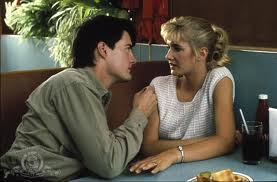





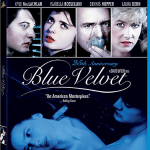


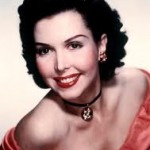
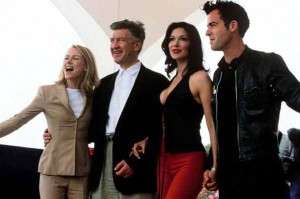
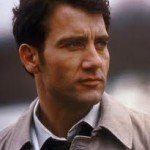
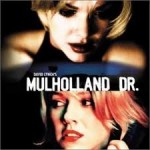
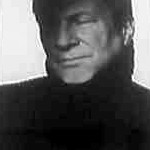
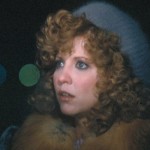






From FNB readers